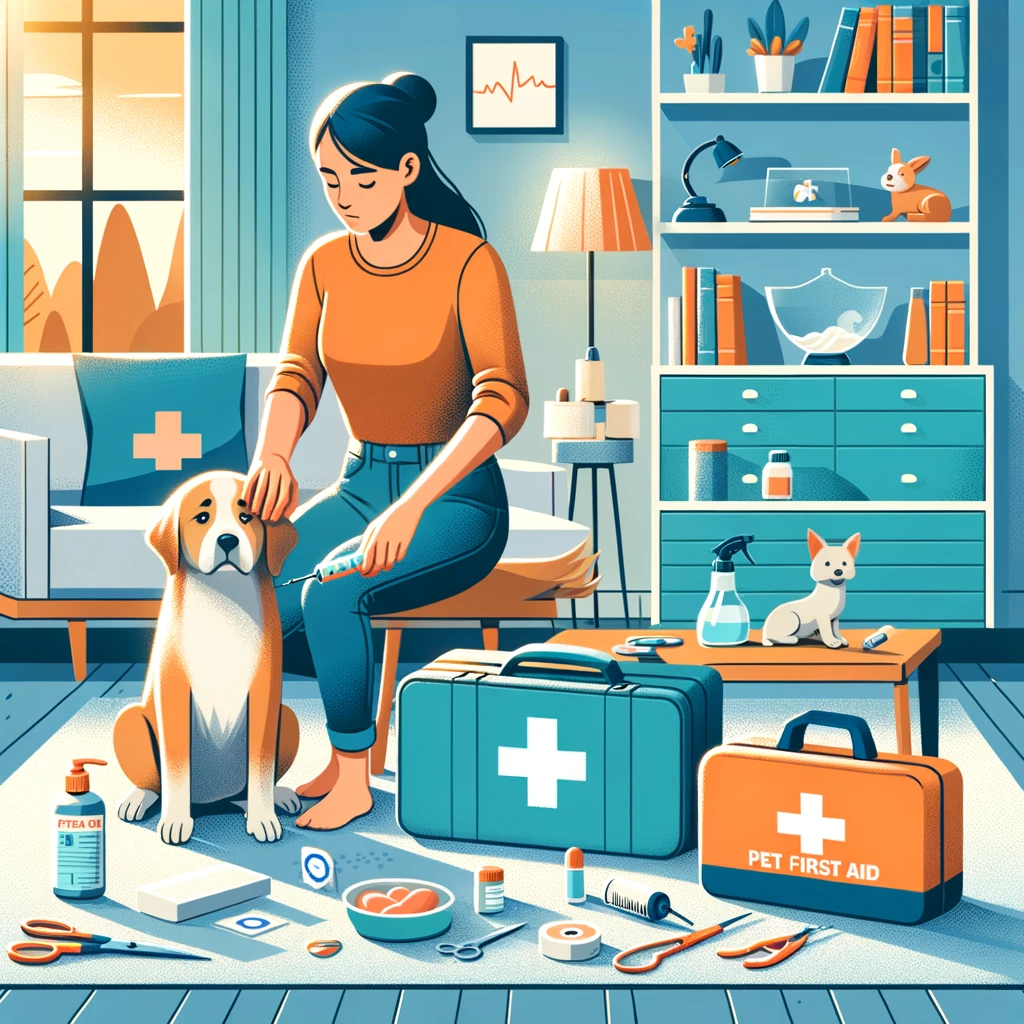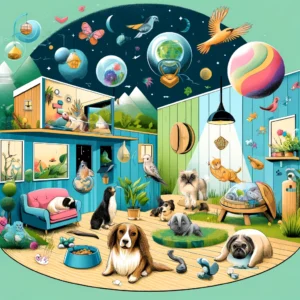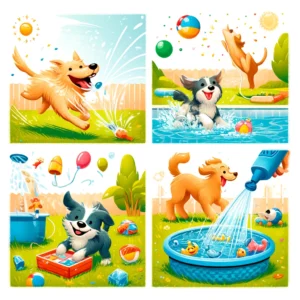Pet First Aid: Essential Skills Every Pet Owner Should Know
Hey there, fellow pet lover! Ever found yourself worrying about what you’d do if your furry friend had an emergency? Well, worry no more! I’m here to guide you through the basics of pet first aid, ensuring you’re prepared for any situation. Let’s get started and ensure you have the skills to keep your pet safe and healthy.
Understanding Pet First Aid
First aid for pets is not just about responding to emergencies—it’s about knowing how to prevent them too. By learning a few essential skills, you can provide immediate care during a crisis until professional help is available.
Common Pet Emergencies
Before we dive into the specifics, let’s talk about what kinds of emergencies might require your quick response. From cuts and scrapes to poisoning or choking, knowing these scenarios will help you act swiftly and effectively.
Creating Your Pet First Aid Kit
Every pet owner should have a tailored first aid kit. Here’s what you should include:
- Gauze and Nonstick Bandages: For dressing wounds or muzzling an injured animal.
- Adhesive Tape: For securing bandages. Never use human adhesive bandages on pets!
- Scissors with Blunt Ends: To cut bandages to size without harming your pet.
- Disposable Gloves: To protect both you and your pet from infections.
- Saline Solution: To clean wounds or flush out irritants from the eyes.
- Ice Pack: To reduce swelling and treat heatstroke.
- Thermometer: To check your pet’s temperature. Remember, a pet’s normal temperature is higher than a human’s!
Basic First Aid Techniques
How to Handle Cuts and Scrapes
If your pet gets a cut, gently clean the wound with saline solution and apply a clean, dry dressing. Avoid using antiseptic creams without consulting your vet as some can be toxic to animals.
Dealing with Choking
If you suspect your pet is choking, be cautious — a choking animal is more likely to bite in its panic. If you can see the object, try to gently remove it with tweezers. If that’s not possible, rush your pet to the vet.
When to Seek Professional Help
Some emergencies require immediate veterinary attention. These include, but are not limited to, severe bleeding, unconsciousness, seizures, or suspected broken bones. Always have the contact info for your regular vet and an emergency vet handy.
Stay calm and prepared
Mastering these basic pet first aid techniques can make a huge difference in an emergency. Remember, the best way to ensure your pet’s safety is to stay calm and prepared. Practice these skills regularly, and you’ll be ready to handle anything that comes your way!
Thanks for reading, and don’t forget to share this guide with other pet owners. Let’s keep our beloved animals safe together!












